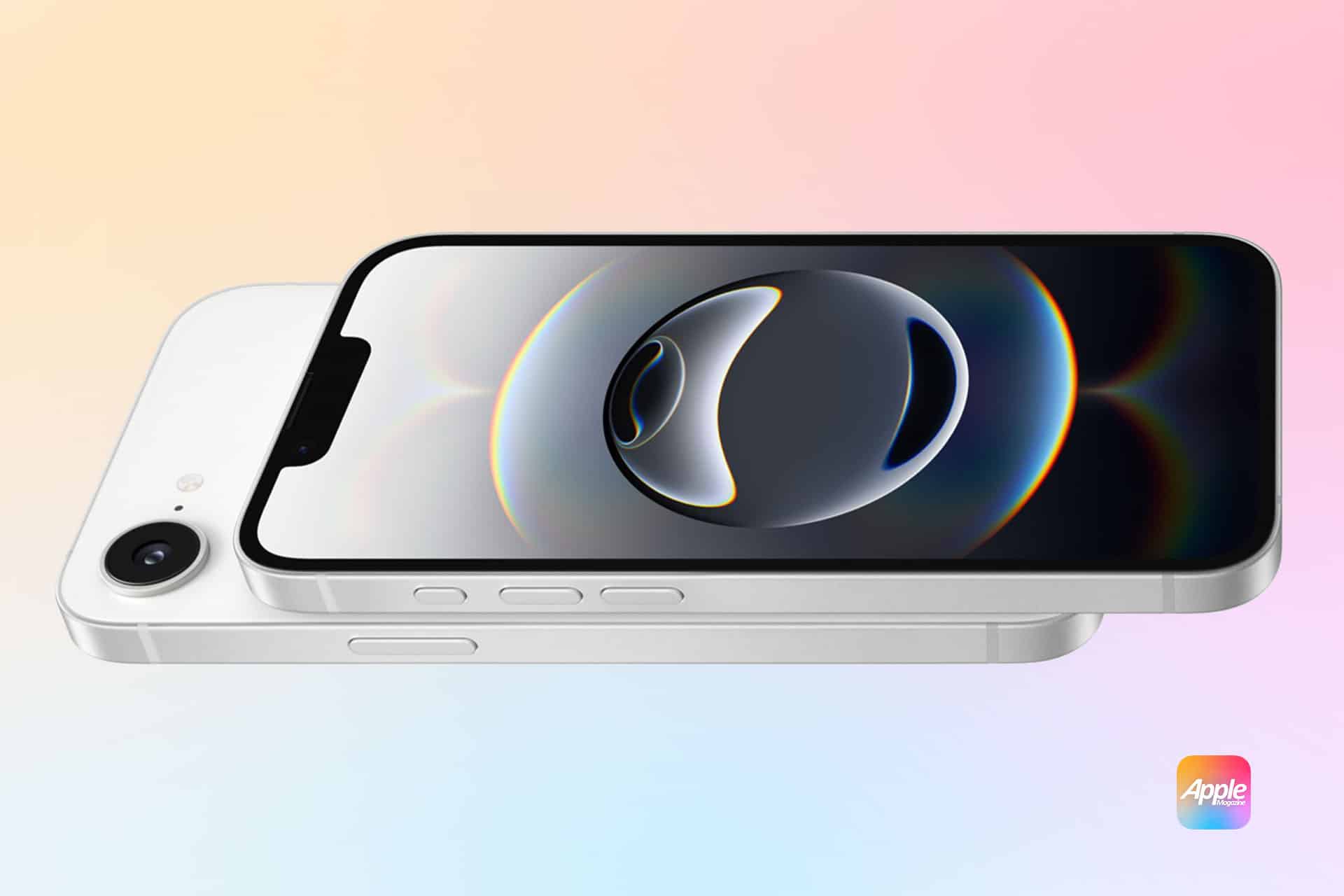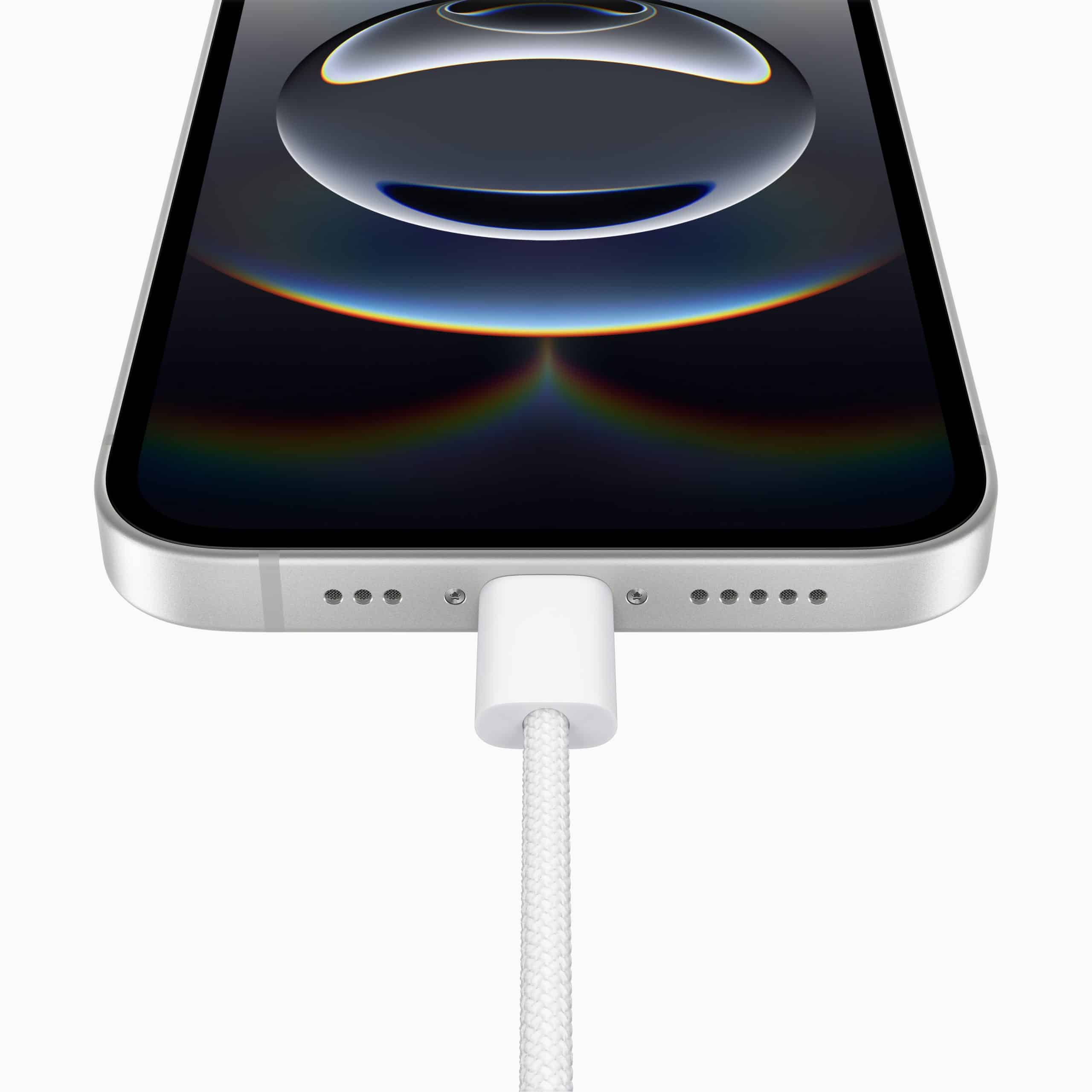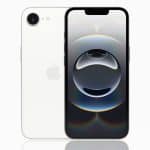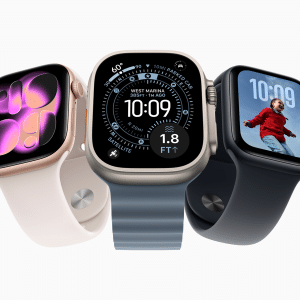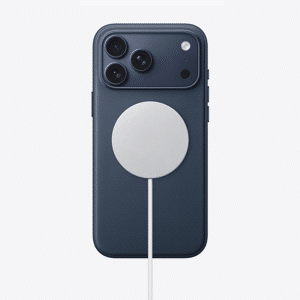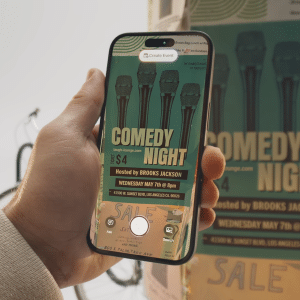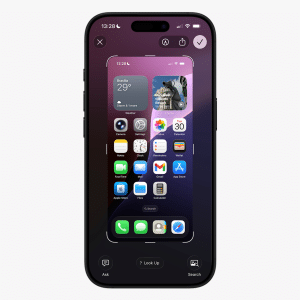The iPhone 16e is powered by the same A18 chip as the flagship iPhone 16, though with a 4-core GPU instead of the 5-core version. This setup delivers blazing-fast performance for daily tasks like browsing, messaging, and multitasking. The 8GB of RAM ensures smooth operation, even with demanding apps, and supports Apple Intelligence features like enhanced Siri and Writing Tools. Users report that the 16e handles everything from streaming to productivity with ease, though intensive gaming may reveal the GPU’s limitations, with occasional frame drops in graphically heavy titles. For most, the performance feels indistinguishable from pricier models in everyday use.
Battery Life Shines
One of the 16e’s standout features is its battery life, which Apple claims is the longest of any 6.1-inch iPhone, offering up to 26 hours of offline video playback. Real-world use backs this up, with users consistently achieving two days of moderate use on a single charge. The Apple-designed C1 modem, replacing Qualcomm’s hardware, contributes to this efficiency, particularly in low-connectivity areas where it outperforms its predecessor. Adaptive Power Mode, introduced in iOS 26, further optimizes battery life by making subtle performance adjustments, such as dimming the display slightly during low-power scenarios.
Camera: Quality with Limits
The iPhone 16e sports a single 48-megapixel Fusion camera, capable of 26mm standard shots and 12-megapixel 2x telephoto images. While the camera delivers sharp, vibrant photos in good lighting, its smaller sensor and lack of sensor-shift stabilization result in less detail in low light compared to the iPhone 16. Features like Macro mode, Night mode for Portraits, and advanced video options like Cinematic mode are absent, limiting its versatility for photography enthusiasts. Still, for casual users, the camera’s output is impressive, rivaling older flagship models like the iPhone 14 Pro in well-lit conditions.
Design and Display Trade-Offs
Modeled after the iPhone 14, the 16e features a 6.1-inch OLED display with Face ID but retains a notch instead of the Dynamic Island found on newer models. The display is crisp but lacks the 120Hz ProMotion refresh rate, leading to less fluid scrolling compared to the iPhone 16. Bezels are noticeably thicker, though this is only apparent when placed side by side with flagship models. Available in black and white, the 16e’s single-lens camera contributes to a lighter, minimalist design, weighing less than its dual-camera counterparts. However, the absence of MagSafe restricts it to slower 7.5W Qi-based charging, a notable omission for users invested in Apple’s wireless ecosystem.
Connectivity and Features
The iPhone 16e introduces Apple’s C1 modem, offering reliable 5G and LTE performance, sometimes surpassing Qualcomm modems in weak signal areas. It supports Wi-Fi 6, but lacks Wi-Fi 7, which may limit future-proofing for high-speed networks. Safety features like Emergency SOS via Satellite and Crash Detection are included, aligning with Apple’s focus on user security. The Action button, a new addition, allows customizable shortcuts, adding a touch of versatility. However, the lack of an Ultra Wide camera and mmWave 5G support may disappoint users prioritizing advanced photography or faster connectivity.
User Experience and Value
After four months, the iPhone 16e proves itself as a compelling option for those upgrading from older models like the iPhone XR or SE. Users praise its speed and battery life, though some note choppier UI animations compared to the iPhone 16 Pro. The $599 price, while higher than the iPhone SE’s $429, reflects the inclusion of modern features like OLED, Face ID, and USB-C. For those who don’t need dual cameras or premium display features, the 16e offers substantial value, especially with occasional discounts bringing it closer to $500. However, the absence of MagSafe and a Dynamic Island may steer power users toward the $799 iPhone 16.
Looking Ahead
With the iPhone 17 series looming in September 2025, the 16e remains a strong contender for budget-conscious buyers seeking a modern iPhone experience. Its blend of flagship performance, exceptional battery life, and solid camera makes it a practical choice, though sacrifices in display and camera versatility are notable. As Apple continues to refine iOS 26 and Apple Intelligence, the 16e’s value proposition strengthens, offering a gateway to Apple’s ecosystem without breaking the bank.
